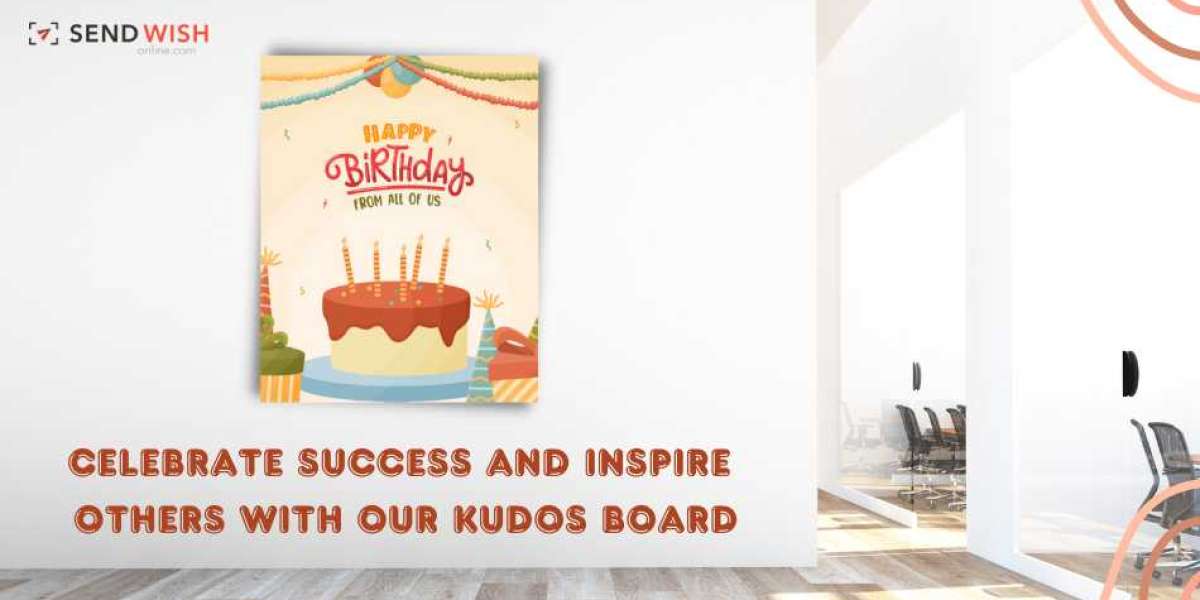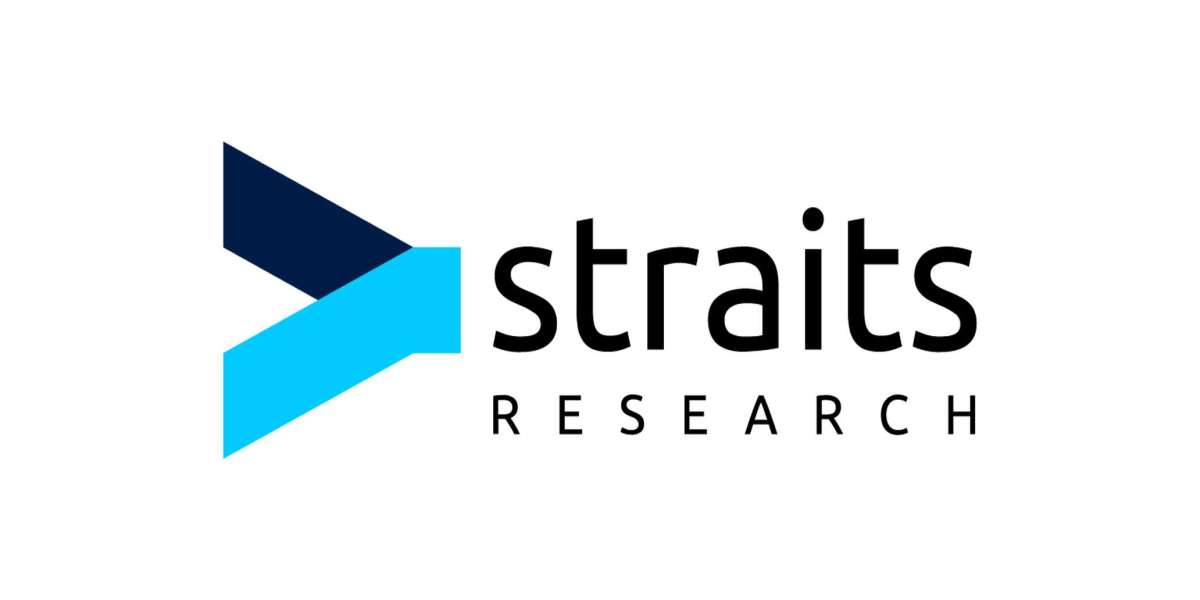In today's workspace, appreciation and celebration of success are the building blocks deep-rooted to maintain a lively and energetic work environment. One great method for doing this is through the use of a KudosBoard—a digital or place-based workspace where employees can applaud one another for their achievements. The best method to increase morale and, consequently, high motivation and a culture of appreciation is through the creation of an impactful KudosBoard. In this article, we shall look into how to create a KudosBoard that actually serves to make a difference, the benefits of having such a system, tips in designing it, and successful examples of implementation.
1. The Importance of a KudosBoard
The KudosBoard is a platform created for recognition and celebration of what any member of your team contributes to the organization. This tool is able to:
Build a Positive Work Culture: Frequent recognition creates a source of pride for employees and builds a culture of support in the workplace.
Drive Motivation: Recognition acts as a motivator and inspiration for all other employees in the organization.
Promote Teamwork: Public recognition encourages teamwork and forges tighter bonds among workers.
Increase Employee Retention: Employees will want to work at the company for a longer time, as their recognition will feed the feeling of being appreciated.
2. Making of a Proper KudosBoard
An Effective KudosBoard requires proper planning and design. This is a step-by-step guide on how to build the board:
2.1. Defining Objectives
The first step in making a KudoBoard free that will have an impact is to define what you want to achieve. Such objectives may include:
Individual and team milestone celebrations
Identifying outstanding performance
Encouragement of peer-to-peer appreciation
2.2. Choosing the Format
You have to decide whether you prefer a physical board or a digital platform. Both options have their benefits:
Physical Board: It can be pinned up somewhere general for anyone to see. It's tactile and can be made personalized by photographs and handwritten notes.
Digital Board: Accessible from anywhere—easy for updating, additional ideas and more interactive. Can be materialized with Trello, Slack, or commissioned software specialized in recognition.
2.3. Design the Layout
For a physical board:
Visual appeal: It has to be catchy; it requires strong colors, interesting graphics, and clear layout.
Categorization: Sort out different kinds of identifiers available like "Employee of the Month," "Team Wins," "Above and Beyond."
For a Digital Board:
User Interface: Ensure it is user-oriented, use features such as tagging, commenting, attaching media, etc.
Integration: If possible, it should integrate with other tools your team is already using. For example, email or project management tools, etc.
2.4. Establish Guidelines
Provide guidance for submitting and receiving kudos board. Some things to consider would be:
Criteria: Define what are noteworthy achievements or behaviors.
Process: How to post kudos, who can give/get them, how often updates are pulled.
Approval: Whether all requests need to be approved before they post.
2.5. Drive Participation
To drive use and adoption of the KudosBoard:
Drive Home Frequency: Remember and remind team members to use the board with frequency.
Leading by Example: Managers and leaders need to actively recognize behaviors.
Celebrate Regularly: Organize events or meetings where kudos are read and celebrated.
3. Types of Recognition to Include
A good KudosBoard should include several types of recognitions to be able to fit multiple types of achievements and contributions. These include but are not limited to:
3.1. Achievement-Based Recognition
Milestones: work anniversaries, project completions or successful launches;
Performance: Recognize high performance or outstanding results that far exceed expectations.
3.2. Behavior-Based Recognition
Teamwork: applaud acts of collaboration and successful teamwork;
Innovation: Reward creative solutions and innovative thinking.
Peer-to-Peer Recognition
The team is encouraged to recognize a peer because of their support Categorically—due above and beyond for supporting another person.
Leadership Team: The leader could have shown leadership characteristics or gone above and beyond to take the initiative.
Managerial Recognition
Leadership can:
Give Feedback: Offer constructive or positive feedback that is up in a public forum.
Highlight Development: Notice those who are recognized in areas of personal or professional development.
4. Successful KudosBoards
A tech startup implemented a digital KudosBoard using Slack. They created channels dedicated to various types of recognition, like "Innovation," "Customer Success," and "Team Spirit." Employees were encouraged to post messages of appreciation, which would then be highlighted in a monthly company-wide meeting. The board led to increased engagement and a more collaborative atmosphere.
4.2. Example 2: Non-Profit Organization Board
A not-for-profit utilizing a physical KudosBoard in the lobby of their office building, utilized the board with a "Wall of Heroes" that staff and volunteers could post notes to as recognition for one another. With the visual impact of that board and the use of "Recognition Fridays", it created a truly powerful atmosphere of community and appreciation.
A large corporate developed an online KudosBoard that was linked with the intranet. This board had employee badges and leader boards, with a fair bit of gamification element attached to it. The employees had points and badges each attached with specific achievements that were all displayed on their profiles, all leading to an excited and involved group of employees getting recognition.
5. Measuring Impact and Continually Improving
To ensure your KudosBoard remains effective:
Feedback: Receiving continuous feedback from users on what is functioning and what is not.
Monitor Engagement: Assess the degree of participation in both levels and make relevant strategies that will improve engagement.
Evaluate Results: From the KudosBoard check the impact on morale, employee motivation, and unity of members.
6. Conclusion
A good KudosBoard is way more than a place to stick accolades; it infuses the much-needed life into the culture of being a great place to work. Consciously design and implement your KudosBoard for an environment where achievements are celebrated, motivation is cultivated, and bonds between team members are strengthened. How you make recognition a valuable part of organizational culture is more important than whether you do so in a digital or physical format.








